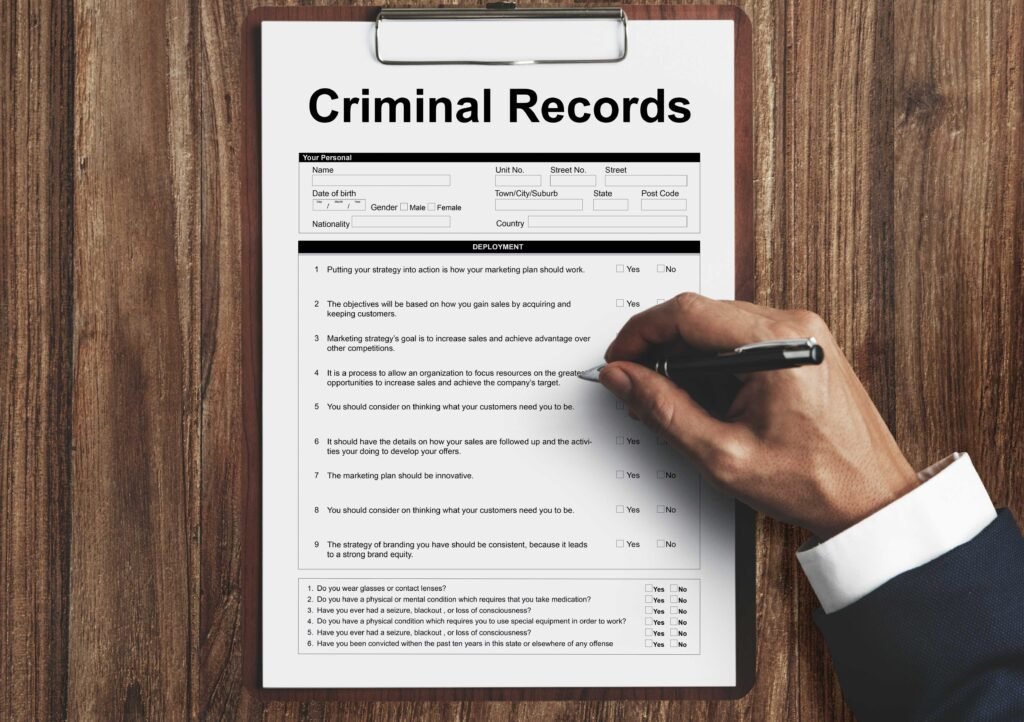
Regardless of the circumstances, divorce is a personally and emotionally difficult period of life. For many, the situation’s disbelief, unpredictability, and fear might be too much to handle. Some clarification and a feeling of control may be gained by knowing what to look for during the divorce process. The divorce procedure usually follows an established process; however, the details may differ. People may manage the system and prepare for the road ahead by being aware of these processes. An extended article about the process of divorce, with more details and advice, is given below.
Submit a Petition for Divorce
The divorce process begins when a partner submits a divorce petition to the court. The other partner is referred to as the respondent, and this individual is known as the petitioner. The official method of ending the marriage starts with the divorce application. The petition has to contain the following crucial details:
- A declaration certifying the fact that one of the spouses satisfies residency requirements, which include the need that one partner has been in the wedding region for a minimum of six months and in the filing region for ninety days before filing.
- Divorce reasons can be either no-fault (such as insupportability because of disagreement or conflict) or fault-based (such as cheating, cruelty, or leaving).
- Details on any children the couple may have, including suggested custody plans
- Plans for assistance with finances, property distribution, and other marriage matters.
The petition’s filing sets the conditions for the divorce and is more than just a formality. Thus, seeking legal advice at this point may help prevent expensive errors and guarantee that all relevant information is included.
File a Proof of Service and Notify the Spouse
The petitioner is required to inform the other party of the divorce petition when it is filed. Consulting the best divorce lawyer in Bangalore can ensure that this process is handled correctly and in compliance with legal norms. By giving the respondent a chance to address the allegations in the petition, the present phase guarantees equity.
Processes for Petition Service:
- Direct Service: The petition is delivered to the other partner by a cop, government official, or process clerk.
- Formal Service Release: If the spouses are on good terms, formal service is not required since the responder can sign an agreement, by admitting knowledge of the petition.
- Additional Service: The court may authorize alternate techniques, such as mailing notices or putting them up in public areas if the other party cannot be found.
Upon serving the other party, the petitioner is required to submit proof of service to the court. This is a crucial stage. If it isn’t completed, the divorce process may end. A default decision in favor of the petitioner may be issued by the court if the defendant does not reply within the allotted period, which is usually 20 days. Changing a decision of this nature can be expensive and time-consuming.
Get temporary orders from the courts if needed
In such cases, prompt legal action is necessary. For example, to preserve consistency during the divorce process, one spouse may want temporary demands for custody of the kids, child assistance, or spousal maintenance if the marriage has children.
The operation of Temporary Orders:
- Temporary orders may be requested by the petitioner in the original application or a succeeding motion.
- To assess each party’s requirements and situations, the court organizes a hearing.
- Until the legal separation is announced, temporary orders are in effect.
In situations involving children or disagreements over combined funds, temporary decisions are beneficial. While expecting a conclusion, these instructions offer an arrangement for handling tasks.
Share Documents and Agree To a Resolution
The investigation portion of the divorce proceedings involves the parties exchanging information about their possessions, loans, money, and other important information. Informed decision-making by the judicial system and both partners is made simpler by learning, which guarantees honesty. Some exploration methods are:
- Written inquiries or interrogations.
- Document submissions.
- Declarations, which can be spoken interrogations conducted under authority
Mediation And Negotiation
The goal of negotiations about settlement is to settle disagreements about things like custody of children, asset distribution, and financial assistance. Before going to trial, the majority of courts encourage couples to undergo counseling. In negotiation, a neutral third person talks and assists the couple in resolving their issue.
Advantages of Mediation:
- Compared to a trial, it saves both time and cash.
- Gives the pair more authority over how things turn out.
- Minimizes hatred and promotes partnership.
- If an agreement is reached between the partners, it is recorded and sent to the court for authorization. By doing this, a trial is not required.
Attend the trial if required
Unresolved matters go to trial if settlement talks are unsuccessful. Trials are required when partners are unable to agree on important issues, but they may be both financially and emotionally draining.
What Takes Place During the Trial:
- On matters like custody of kids, asset splitting, and maintenance, both parties provide statements along with supporting documentation.
- Witnesses may provide testimony, including professionals such as financial consultants or child psychiatrists.
- Before delivering the decision, the judge considers the statements and the proof presented.
The quality of the proof and the arguments determine how a trial turns out. As a result, careful planning and knowledgeable legal counsel are essential.
Complete the Divorce Decision
Getting the court’s ruling in the form of a Final Judgment of Divorce is the last stage. This document specifies the conditions of the divorce and legally dissolves the marriage, including:
- Rights to contact and guardianship of children.
- Division of the assets and expenses of the marriage.
- Financial assistance agreements.
Conclusion
Divorce is a complex process that involves mental, financial, and legal difficulties. People who are aware of the divorce procedure, from submitting a petition to receiving the decree, are better equipped to make wise choices and face the process with more guarantee. A less stressful move to the next phase of life may be ensured by being responsible and obtaining the appropriate assistance, even though the journey may be challenging.
Also Read:
Isotonix Lawsuit: Everything You Should Know and The Latest Updates

